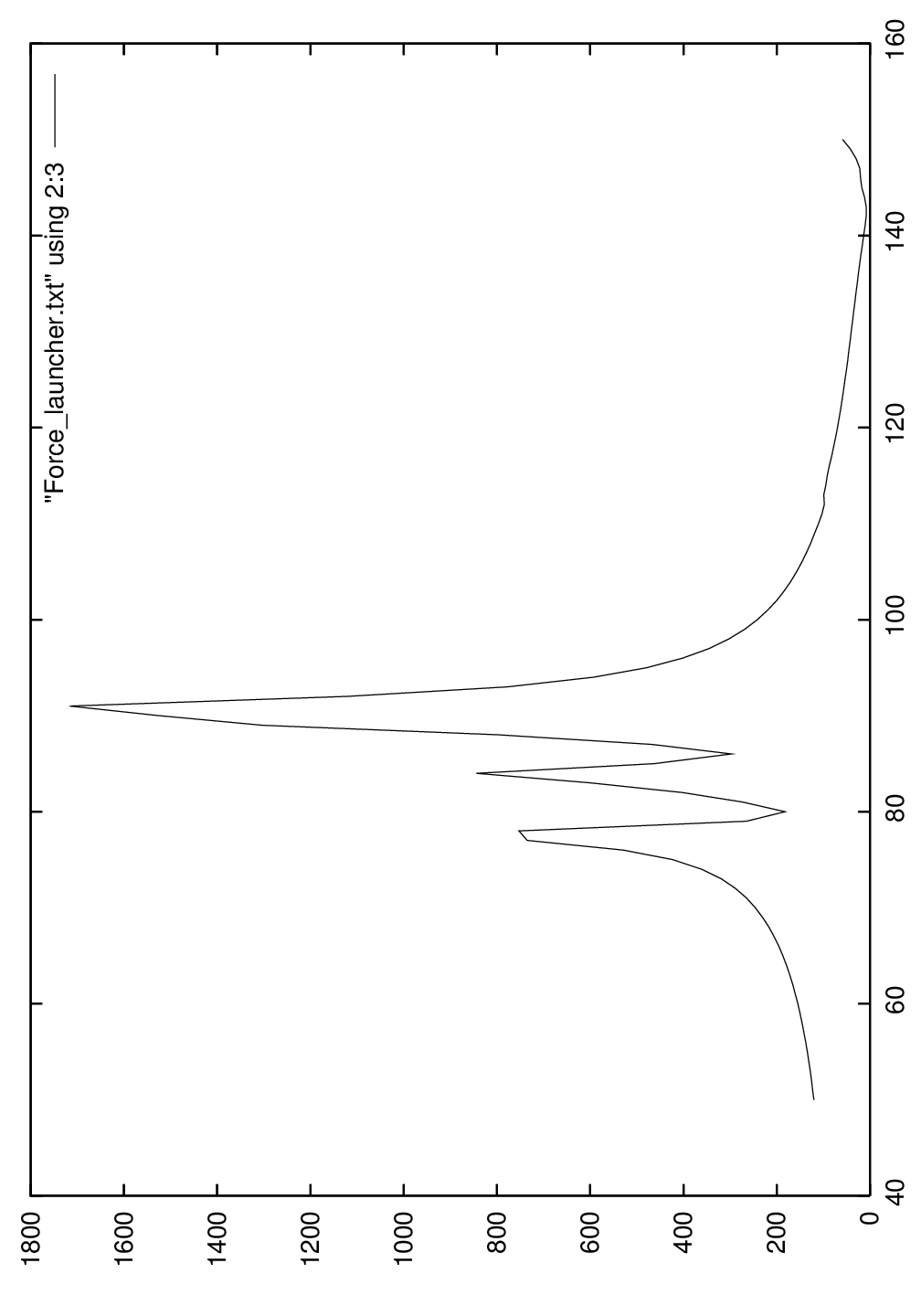
One presents the example of data for honeycomb calculation. Also examples of data for dynamic post-processing with “PostExtract” class are presented.
The first operation consists in creating an instance object of class "PostCauchy":
Then, three instance methods are created. For example, the "calcAll" method definition looks as follows:
One sees that the method is attached to the instance object created earlier, and not to its class.
The object also defines a "postCalc" method that defines several data and performs a call to writeGmshMinMosResults method:
Note that object "post_skins" does not define the method "postCalc" and produces no Gmsh file.
In file “DATA/data_Post_TsaiHill.rb”, one defines the corresponding data for the calculation of Tsai-Hill criterion in panel -Z. Before doing a loop on the different load cases, one initializes the “@compDb” member data as follows:
At the end of the calculations, the envelopes of Results and the mesh are printed:
A first instance of the “PostExtract” class is created. This instance is devoted to the printing of several nodal accelerations in Z direction. Basically, the method contains several calls to “calcOneGroup” method with the appropriate arguments that define the data:
A second instance of the method is used to output the launcher interface force recovered from the corresponding CBUSH element=
Remember that the “calcAll” method is called for each load case or sub-case.
The final printing of values in “OUT_DYNAM” directory is called from “postCalc” method:
When the post-processing is finished, and if you have gnuplot on your computer, you can visualize the values by entering the “OUT_DYNAM” directory and typing:
For example, the results obtained for the post-processing of CBUSH element forces are represented in Figure X.F.1 and X.F.2.

The data for the composite dynamic post-processing are defined in file
“DATA/data_Post_TsaiHillDynam.rb”. This file is very similar to the corresponding file for static
post-processing. Only one selects 12 sub-divisions for the rotation angles.